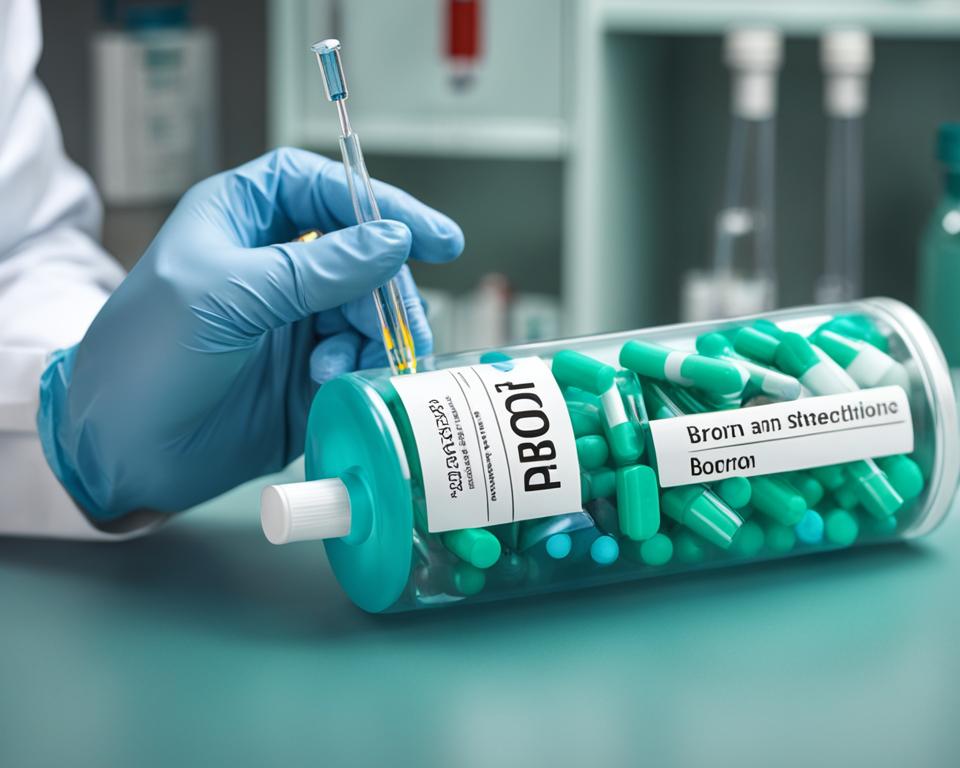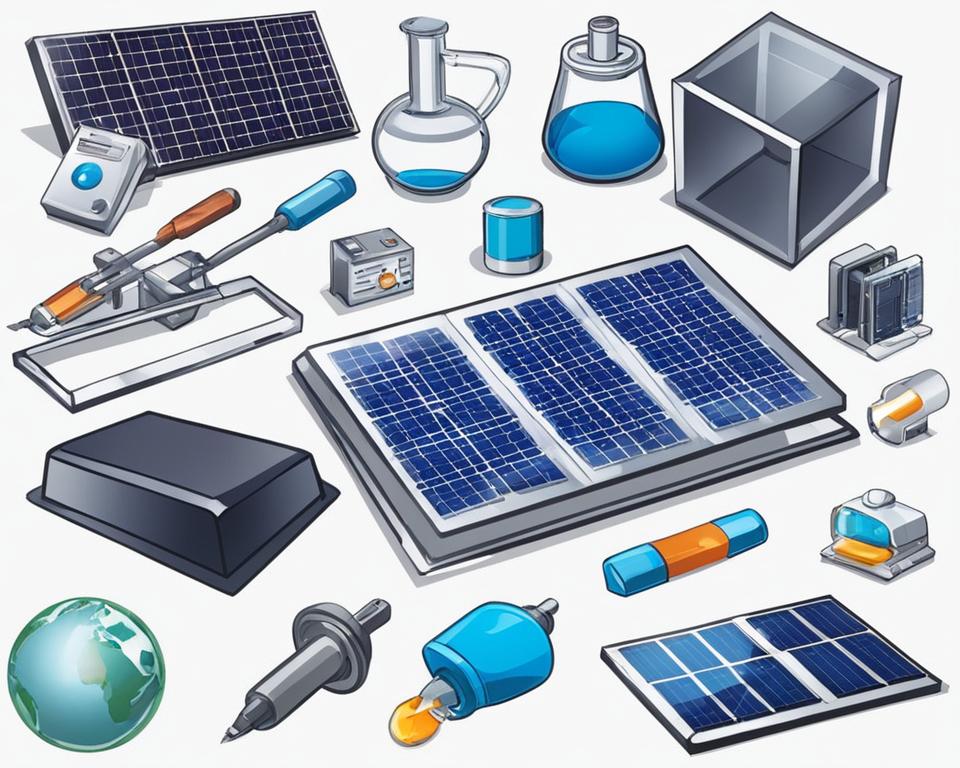Metalloids are a group of elements that possess properties of both metals and nonmetals. Their versatile nature makes them valuable in a variety of industries, from electronics to medicine. Understanding the uses of metalloids is vital to appreciate their significance in our daily lives.
Key Takeaways
- Metalloids have properties of both metals and nonmetals
- Metalloids are utilized in a wide range of industries, from electronics to environmental applications
- Boron and silicon are widely used metalloids in the ceramics and glass industry
- Metalloids are crucial in the production of semiconductor devices, including transistors, diodes, and integrated circuits
- Antimony and selenium are metalloids used in water purification systems for safe drinking water
Metalloids in Electronics
Metalloids, such as silicon and germanium, play a crucial role in the electronics industry. These elements possess unique electrical properties that can be manipulated to produce devices like transistors, diodes, and integrated circuits.
Silicon is the most widely used metalloid in electronics, representing over 90% of the semiconductor market. It is the primary material used in the production of microchips and is essential for the functioning of computers, smartphones, and other electronic devices. Germanium, although used less frequently than silicon, is also a vital component in the production of semiconductors.
The use of metalloids in electronics has revolutionized the field of technology, allowing for the development of smaller, faster, and more efficient devices. As technology continues to advance, the importance of metalloids in the electronics industry is only expected to increase.
![]()
Metalloids in Energy Solutions
Metalloids play a crucial role in renewable energy solutions like solar panels. For instance, arsenic is used in the production of thin-film solar cells. This has significantly improved the efficiency and cost-effectiveness of solar panels. Likewise, tellurium is a critical component in the production of photovoltaic solar cells, which directly convert sunlight into electricity.

Without the use of metalloids in energy solutions, the world would not be able to harness the power of renewable energy in the same way that it does now. By incorporating metalloids into solar panel production, the industry can produce these energy-saving devices at a higher rate and lower cost, making them more accessible to communities seeking alternative energy solutions.
Metalloids in Medicine
Metalloids play a crucial role in the field of medicine. Boron, a metalloid, is highly valued for its medicinal properties. Boron compounds are used in various medicinal applications, including the treatment of arthritis, osteoporosis, and cancer. Studies have shown that boron can help reduce inflammation in the body, making it an effective treatment for arthritis. Additionally, boron has been found to play a role in the prevention of certain types of cancer.
Boron compounds are also used in the production of drugs that treat fungal infections. These drugs work by targeting the cell walls of fungi, inhibiting their growth and leading to their destruction. Metalloids like boron have played a significant role in advancing the field of medicine and continue to be an essential component in many drugs and medical treatments today.

The Importance of Boron
Boron’s unique properties make it an essential component in the production of many medicines. Boron compounds have shown promise in not only treating arthritis and cancer but also in improving brain function and reducing the risk of osteoporosis. Boron has also been found to play a significant role in wound healing and reducing oxidative stress in the body.
The use of boron and other metalloids in medicine highlights the importance of interdisciplinary research in advancing various fields. By understanding the unique properties of metalloids and their potential applications, scientists and researchers can create innovative medical treatments that can improve and save lives.
Metalloids in Ceramics and Glass
Metalloids play a significant role in the production of ceramics and glass products, providing strength and durability to these materials.
Boron is a commonly used metalloid in ceramics, as it helps to lower the melting point of ceramic materials, making them easier to shape and mold. Boron is also used as a glazing agent, providing a smooth and glossy finish to ceramic products. Additionally, boron oxide is added to glass to increase its strength and resistance to heat and chemicals.
Another metalloid essential in glass production is silicon dioxide. It is the primary component of glass, giving it its unique properties, such as transparency, hardness, and chemical durability. Silicon dioxide is used in various forms, such as sand, quartz, and fumed silica, to manufacture glass products.
By incorporating metalloids like boron and silicon dioxide into the manufacturing process, ceramics and glass products are stronger, more durable, and longer-lasting, making them ideal for a wide range of applications.

Metalloids in Environmental Applications
The use of metalloids in environmental applications has become increasingly important in recent years. One such application is in water purification.
Metalloids, such as antimony and selenium, have unique properties that make them effective in removing contaminants from water. Antimony compounds are used to coagulate and sediment suspended particles, while selenium is used in deionization and demineralization processes.
Moreover, metalloids like arsenic and boron are also used in water treatment processes. Arsenic is used to remove impurities from drinking water, while boron is used to purify industrial wastewater.
The use of metalloids in water purification has several advantages. Firstly, it is cost-effective compared to other purification methods. Secondly, it is environmentally friendly, as it does not generate harmful byproducts. Lastly, it is efficient in removing a wide range of contaminants, ensuring safe drinking water for communities.
In conclusion, the use of metalloids in environmental applications, particularly in water purification, is a crucial aspect of ensuring a sustainable future. Through the use of metalloids, we can create a cleaner and safer environment for all.




